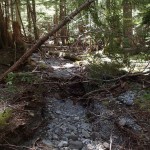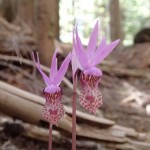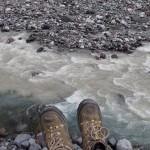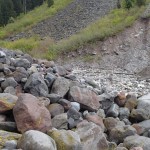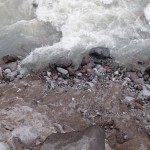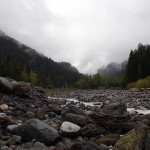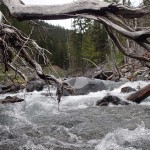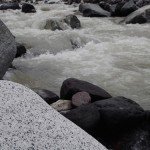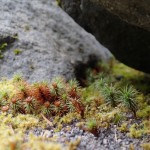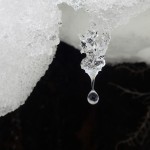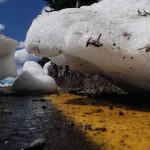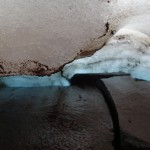From May 7th to May 11th, Visualizing Climate Change went to Mount Rainier National Park. Working with Sequoia Meyer, Amanda Pratt, and Randolph Kraus, we collaboratively observed six areas of the park, and synthesized our work here.
I personally had never been to Mount Rainier, and was eager to learn more about the area. The geologic forces at work in the park were incredible, with the beautiful glaciers at the peak feeding the powerful Nisqually River, and the inherent danger of being on a volcano where spontaneous glacial outburst floods can happen. I learned to really look closely at the plants growing underfoot, and that sometimes places that look boring are the best to explore.
What really interested me was how humans interacted with nature within the National Park, as well as how I felt being an observer in a setting where I am usually a participant. At Paradise, it seemed as though some visitors were seeing snow for the first time, although the beauty of the mountain and its glaciers are impressive to anyone. One of my favorite insights into seeing how humans interact with natural forces was seeing the signs at Cougar Rock Campground warning campers that debris flows, rock falls, and lahars can happen spontaneously and affect the campsites. As an observer of the environment, I found myself wanting to be skiing rather than taking field notes, or just exploring instead of identifying plants. I found by pushing through those feelings, I was able to make better observations.
